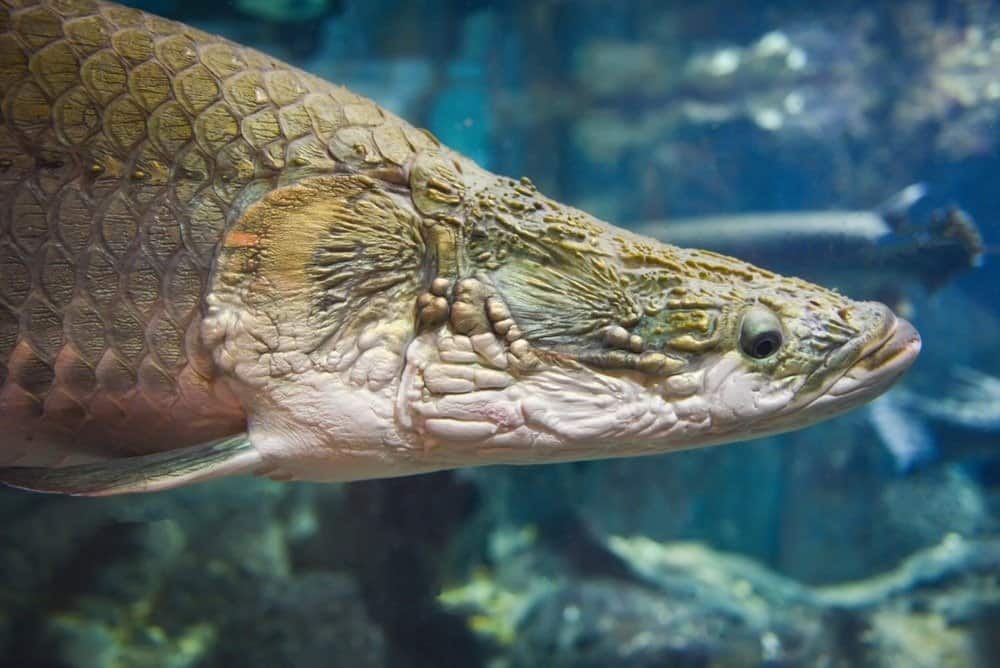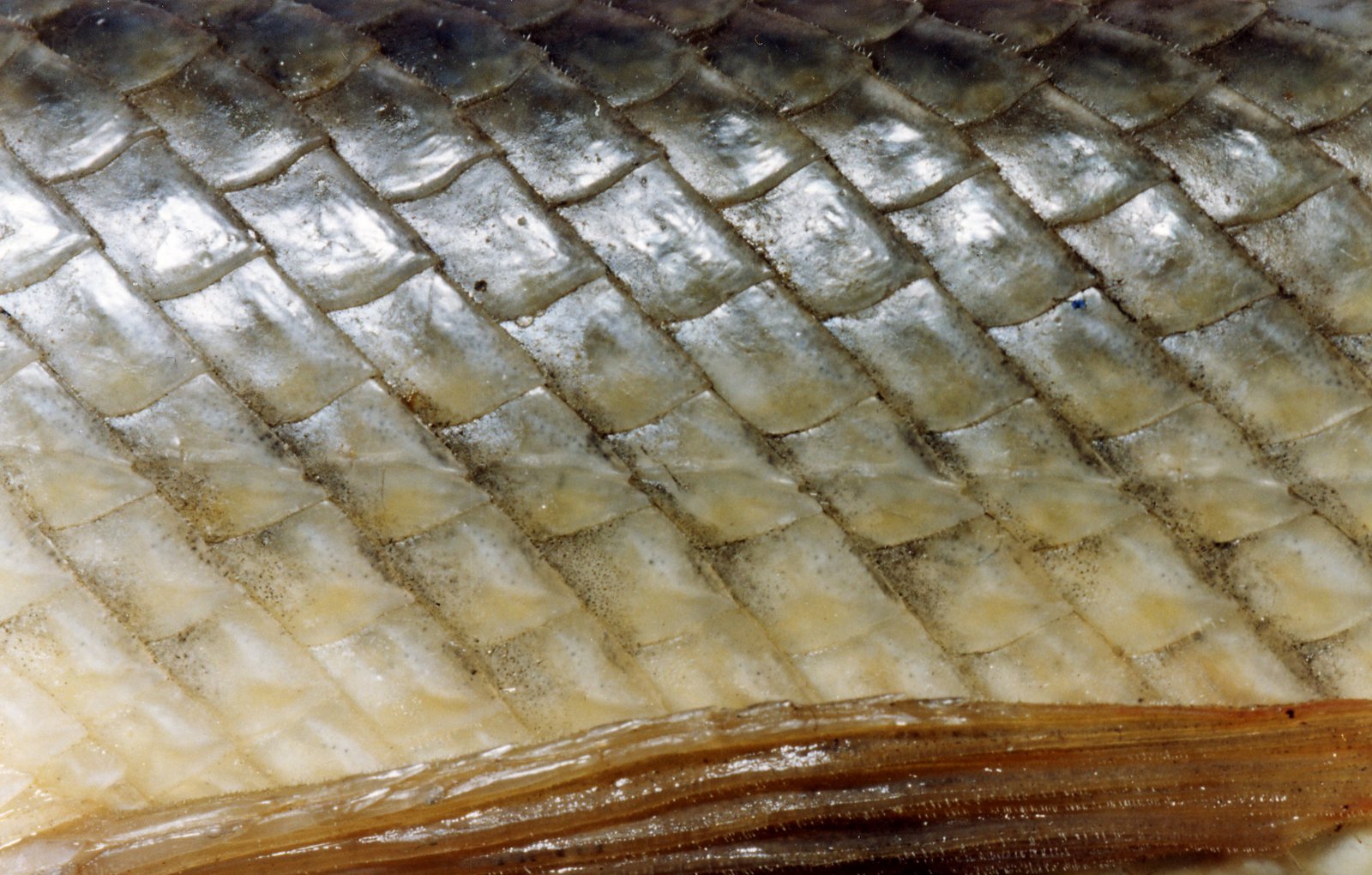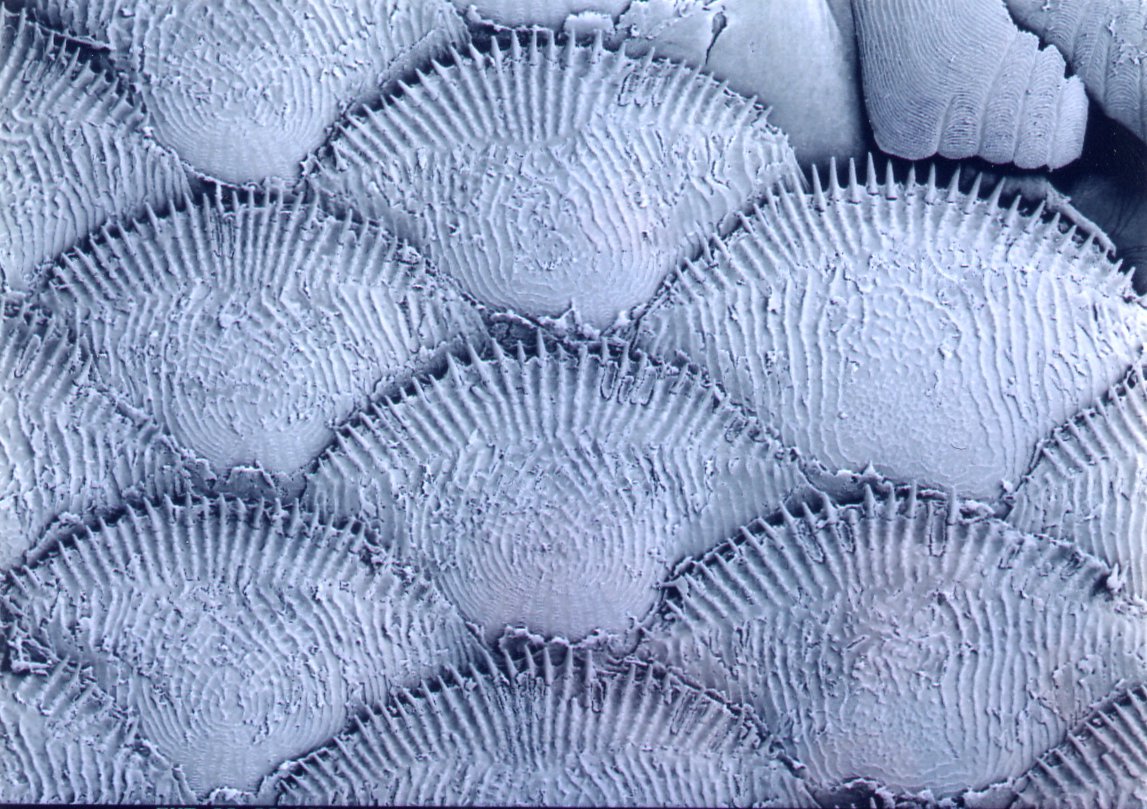Fish scales are an essential part of a fish’s anatomy, providing external protection against predators, disease, and environmental hazards. There are four main types of fish scales, each with distinct qualities that make them suitable for specific situations and lifestyles.
These types of scales are placoid, cosmoid, ganoid, and cycloid/ctenoid. Each type of scale performs a specific function and has evolved over time to fulfill the needs of various fish species.
You are reading: 4 Types Of Fish Scales And Why Fish Need Them
Fish scales have a unique combination of flexibility, strength, and hardness, which is necessary for protection without impeding mobility. In this article, we will explore the different types of fish scales and explain why fish survival depends on them.
We will also investigate how these scales have evolved and how they play an important function in modern-day fish species. So let’s jump in to discover the intriguing world of fish scales!

4 Types Of Fish Scales And Why Fish Need Them
Placoid scales

Placoid scales, also known as dermal denticles, are a specialized type of scale found in cartilaginous fish such as sharks and rays. These scales are structurally homologous with vertebrate teeth, having a central pulp cavity supplied with blood vessels, surrounded by a conical layer of dentine, all of which sits on top of a rectangular basal plate that rests on the dermis.
The outermost layer is composed of vitrodentine, a largely inorganic enamel-like substance. Placoid scales are bony, spiny projections with an enamel-like covering that provide protection without impeding mobility. They cannot grow in size, but rather more scales are added as the fish increases in size.
Placoid scales are an integral part of the shark’s skin, which is covered in thousands of these scales that are arranged in rows. These scales are also thought to reduce drag and turbulence, allowing sharks to swim more efficiently.
Cosmoid scales
Cosmoid scales are a specialized type of scale found in ancient lobe-finned fishes, including some of the earliest lungfishes and in Crossopterygii, including the living coelacanth in a modified form. They are similar to placoid scales and probably evolved from the fusion of placoid scales.
Read more : Health Check: Identifying and Treating Common Issues in Exotic Fish
Cosmoid scales have a hard, enamel-like outer layer, an inner layer of cosmine (a form of dentine), and then a layer of vascular bone (isopedine).
The external layer of the scale is thin and enamel-like and is called the vitrodentine. The middle layer is made up of hard, non-cellular, dentine-like material called the cosmine and contains a number of branching tubules and chambers. The inner layer is made up of vascularized bony substance, isopedine.
These scales grew by the addition of new isopedine material from below, along the edges. Cosmoid scales are thick and bony, providing protection against predators and environmental hazards. They are not found in living fishes, but the living Dipnoi possess thin cycloid scales and have lost the cosmine.
Ganoid scales

Ganoid scales are a specialized type of scale found in lower order fishes such as sturgeons, paddlefishes, gars, bowfin, and bichirs. They are derived from cosmoid scales and are the evolutionary older style.
Ganoid scales are usually rhomboid in shape and have articulating peg and socket joints between them. They are thick and bony, providing a tough, armor-like covering for the fish.
Most ganoid scales are rhomboidal and connected by peg-and-socket joints, fitting together more like a jigsaw rather than overlapping like other scales.
In this way, ganoid scales are nearly impenetrable and are excellent protection against predation. Ganoid scales are covered with a layer of hard enamel-like dentine in the place of cosmine, and a layer of inorganic bone salt called ganoine in place of vitrodentine.
Unlike elasmoid scales, ganoid scales are composed of mineralized and vascularized bone. Ganoid scales are an important part of the fish’s anatomy, providing external protection against predators, disease, and environmental hazards.
Cycloid and ctenoid scales

Cycloid and ctenoid scales are two types of scales found in the majority of bony fishes (the Teleostei). Cycloid scales have a smooth posterior margin lacking ctenii, while ctenoid scales resemble cycloid scales but have comb-like teeth on their overlapping edge.
Read more : Discover 5 Animals That Roam Atop Alaska’s Tallest Mountain
Cycloid and ctenoid scales consist of two main regions, a surface ‘bony’ layer, composed of an organic framework impregnated largely with calcium-based salts, and a deeper fibrous layer composed mainly of collagen.
Cycloid scales are large, thin, and round or oval in shape, and they exhibit growth rings. Ctenoid scales contain almost no bone, being composed of a surface layer containing hydroxyapatite and calcium carbonate and a deeper layer composed mostly of collagen.
Three types of ctenoid scales are recognized: crenate, with simple indentations in the margin; spinoid, with developed spines that are continuous with the main body of the scale; and ctenoid, in which the ctenii are formed as separate bony growths that are distinct from the main body of the scale.
Cycloid and ctenoid scales are an important part of the fish’s anatomy, providing external protection against predators, disease, and environmental hazards, while allowing for flexibility and movement.
FAQS
1. What are fish scales?
Fish scales are small, rigid plates that grow out of the skin of a fish and provide external protection.
2. How many types of fish scales are there?
There are four main types of fish scales: placoid, cosmoid, ganoid, and cycloid/ctenoid.
3. What are placoid scales?
Placoid scales, also known as dermal denticles, are a specialized type of scale found in cartilaginous fish such as sharks and rays. They are bony, spiny projections with an enamel-like covering that provide protection without impeding mobility.
4. What are cosmoid scales?
Cosmoid scales are a specialized type of scale found in ancient lobe-finned fishes, including some of the earliest lungfishes and in Crossopterygii, including the living coelacanth in a modified form. They are thick and bony, providing protection against predators and environmental hazards.
5. What are ganoid scales?
Ganoid scales are a specialized type of scale found in lower order fishes such as sturgeons, paddlefishes, gars, bowfin, and bichirs. They are thick and bony, providing a tough, armor-like covering for the fish.
6. What are cycloid and ctenoid scales?
Cycloid and ctenoid scales are two types of scales found in the majority of bony fishes. Cycloid scales have a smooth posterior margin lacking ctenii, while ctenoid scales resemble cycloid scales but have comb-like teeth on their overlapping edge. They provide external protection against predators, disease, and environmental hazards, while allowing for flexibility and movement.
7. Why do fish need scales?
Fish scales are important for fish survival because they provide external protection against predators, disease, and environmental hazards, as well as allowing for flexibility and movement.
Source: https://petstutorial.com
Category: Animals










